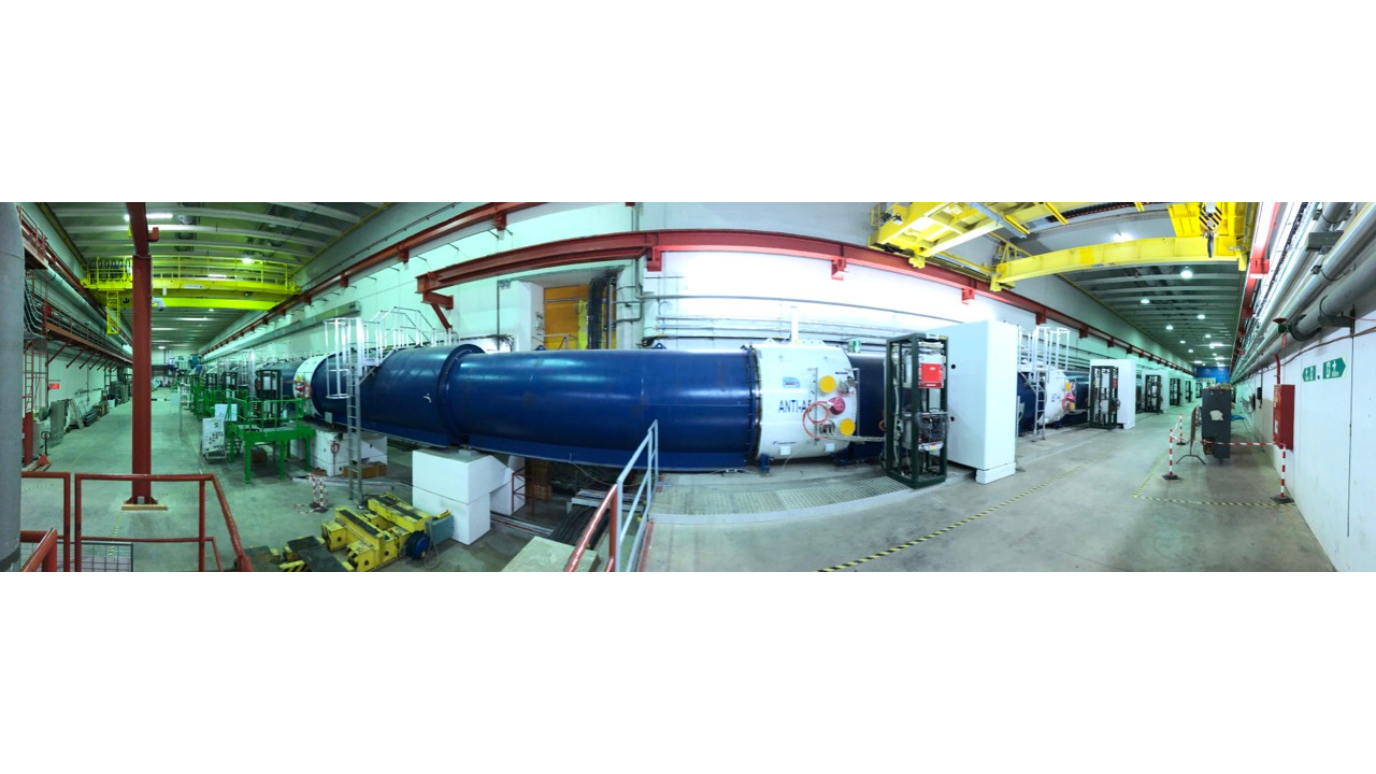Florian Stummer (Royal Holloway, University of London and CERN)
The North Area at CERN utilises a 400 GeV/c proton beam from the SPS to supply multiple beamlines that deliver secondary beams to a range of fixed-target experiments, each with distinct physics objectives. One of them, K12, currently serves NA62, a precision experiment investigating ultra-rare decays of Kaons. As NA62 concludes at the end of CERN's Run~3, the beamline to Experimental Cavern North (ECN3) will become available, offering the opportunity for new experiments --- HIKE, SHADOWS, NaNu and SHiP --- to search for physics beyond the Standard Model. This thesis presents studies that contributed to their proposals and helped demonstrating their feasibility.
All four experiments target the intensity frontier, requiring a significant reduction of radiation background at up to 30 times higher instantaneous proton intensities than have been delivered so far. Given that muons constitute the dominant source of background, extensive mitigation strategies were developed and analysed. Magnetic muon shields based on magnetised iron blocks were identified as effective muon sweepers and comprehensive design studies were conducted bringing their design from a theoretical concept to demonstrated feasibility, addressing integration requirements and beamline-specific challenges.
To further enhance the magnet design within the beamline's high-radiation environment, a novel AI-aided approach was developed. This method enables to tailor the magnet design to the specific radiation conditions in the cavern. The effectiveness of this method was demonstrated across multiple case studies presented in this thesis.





















